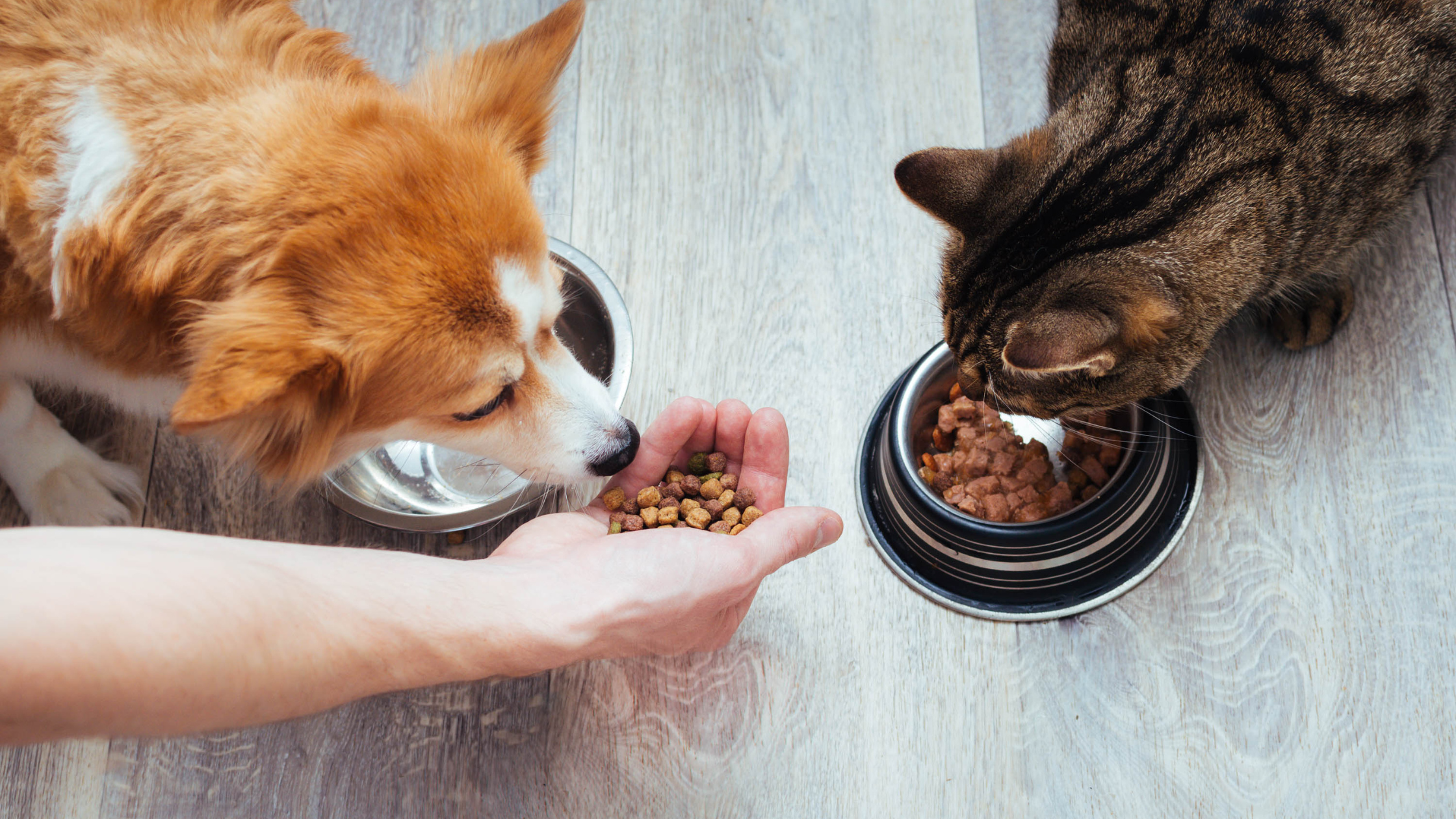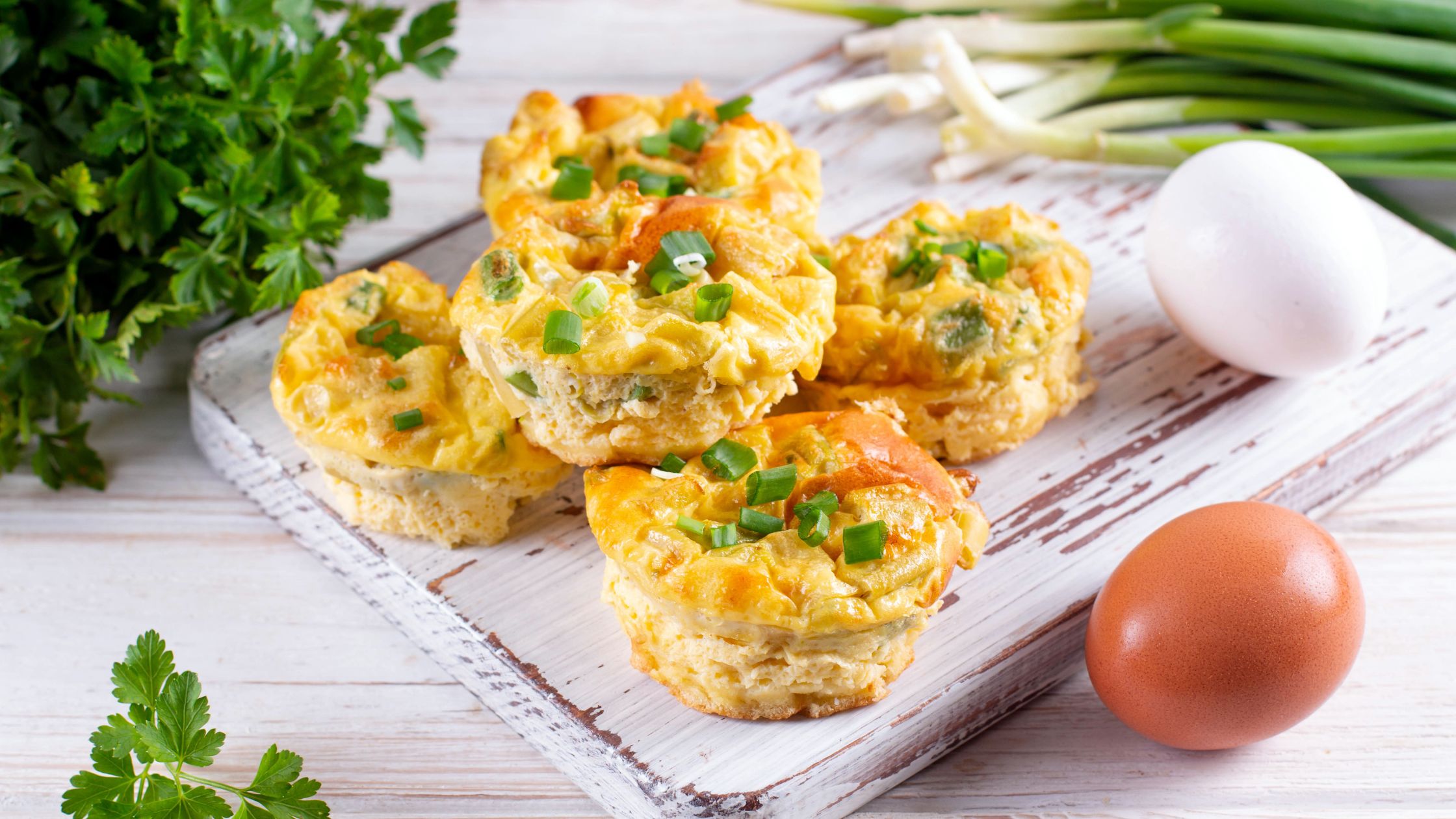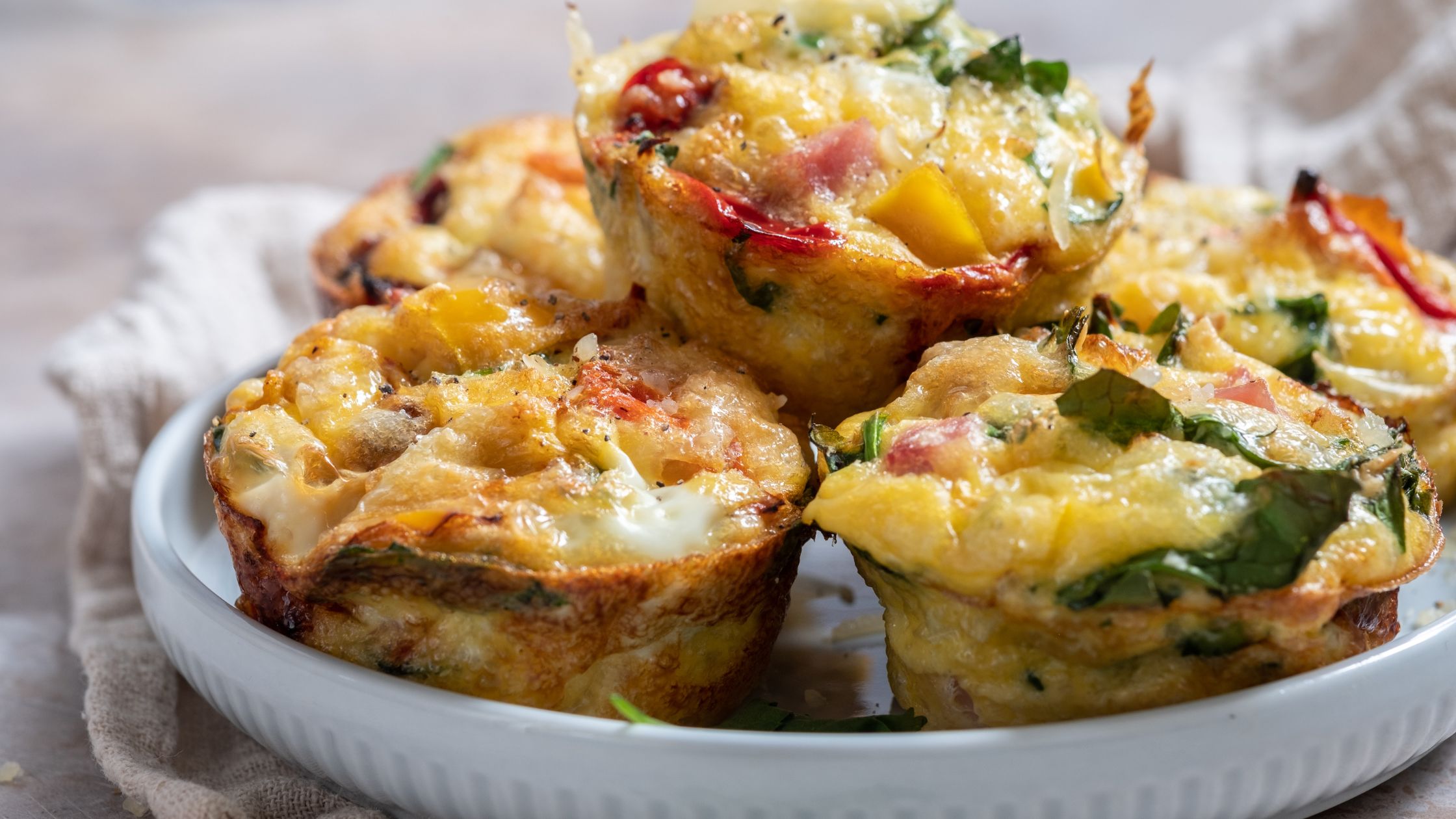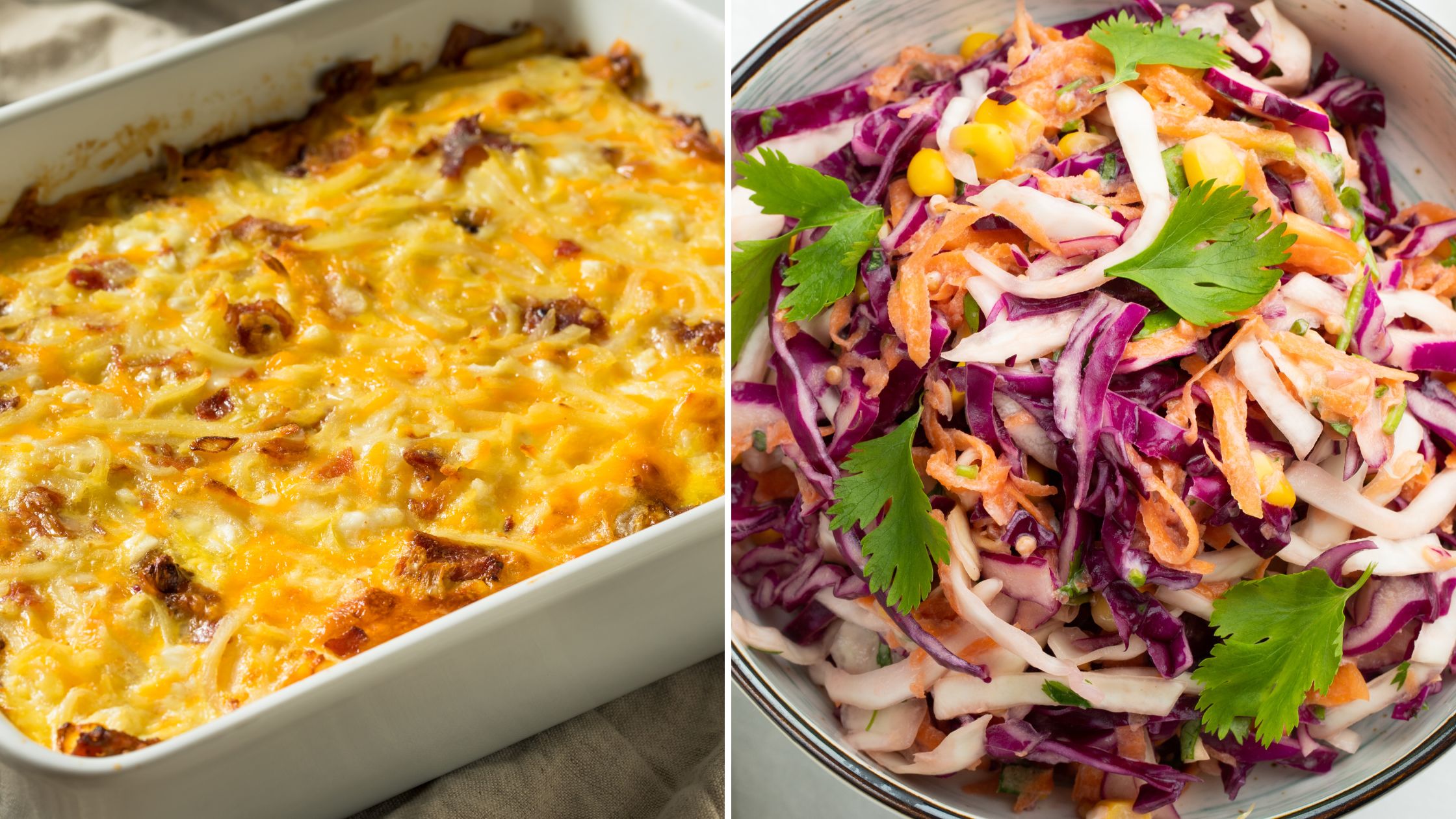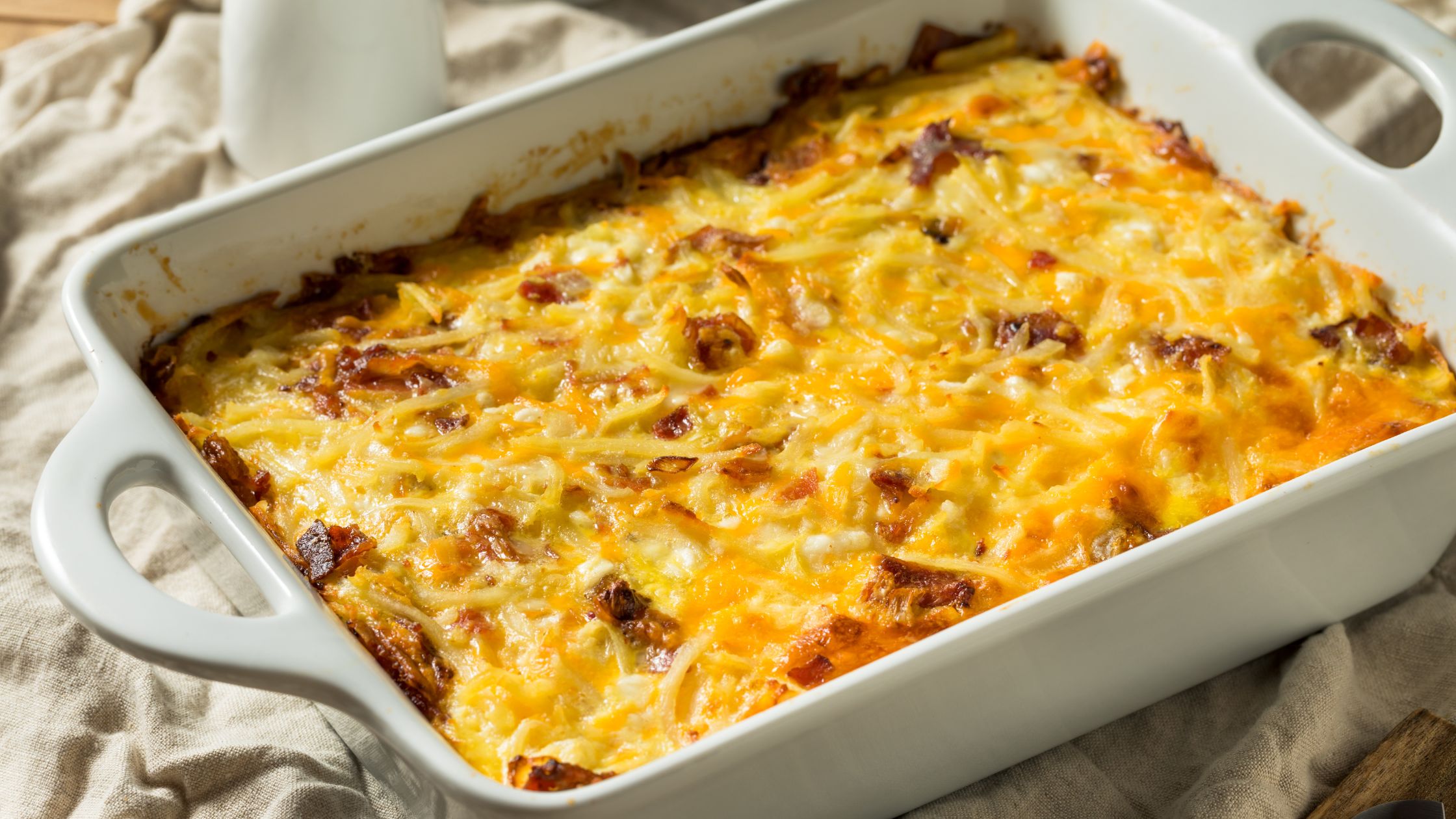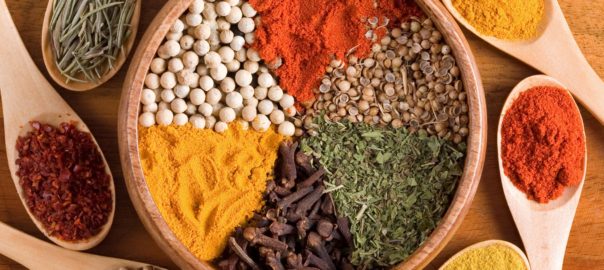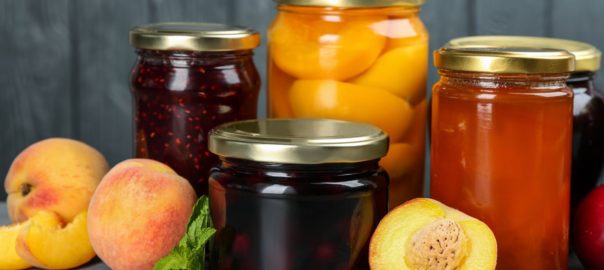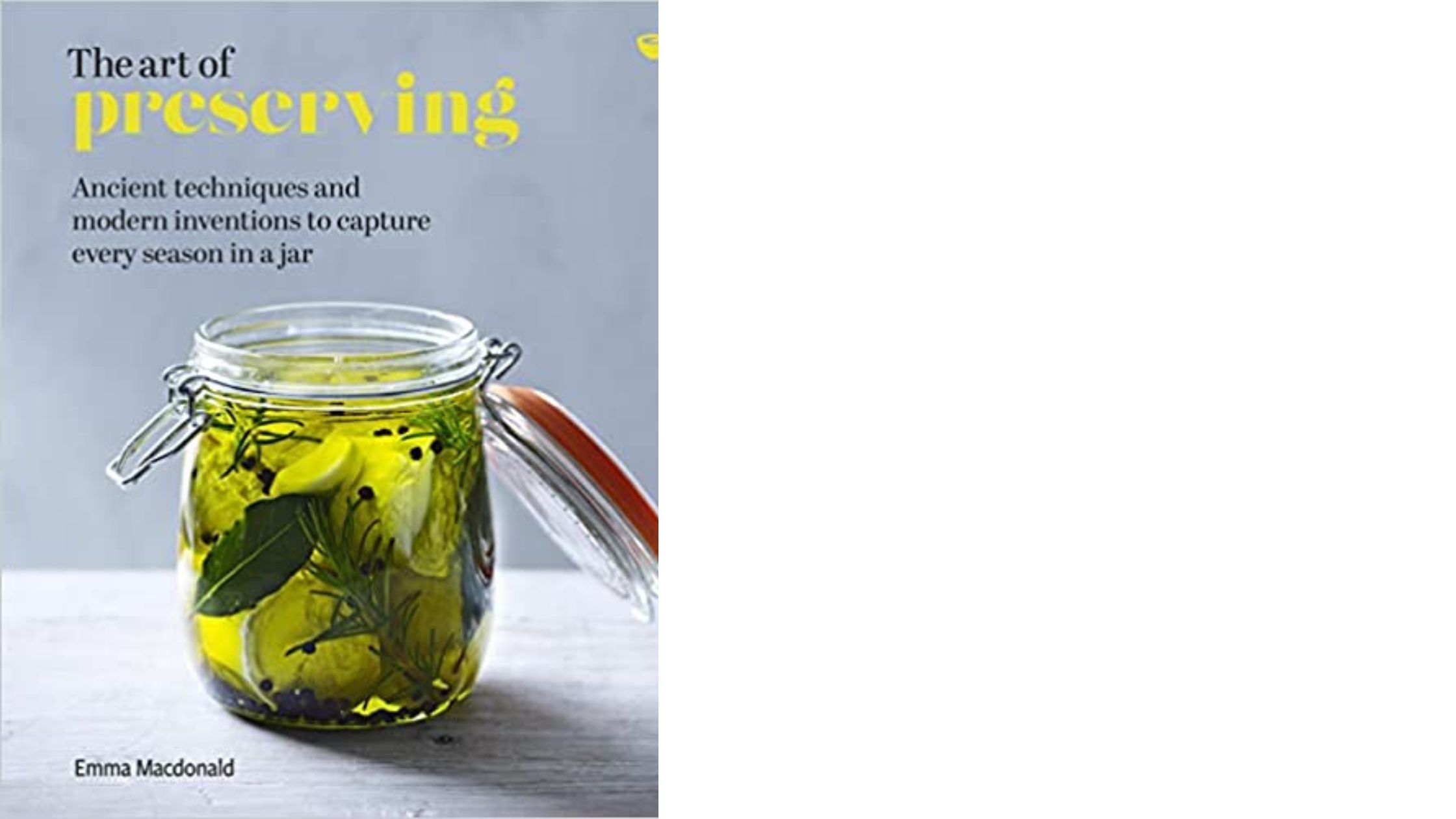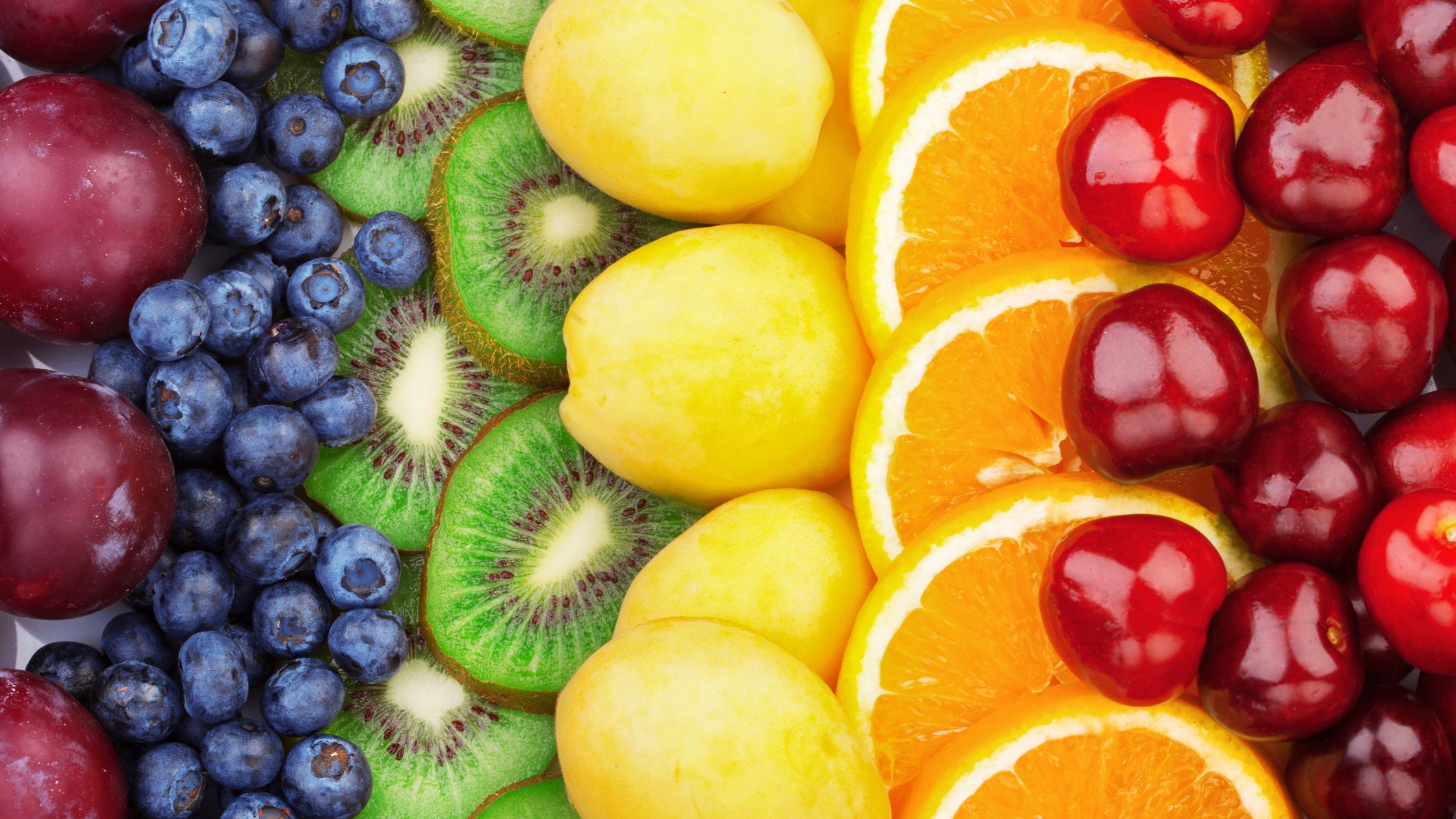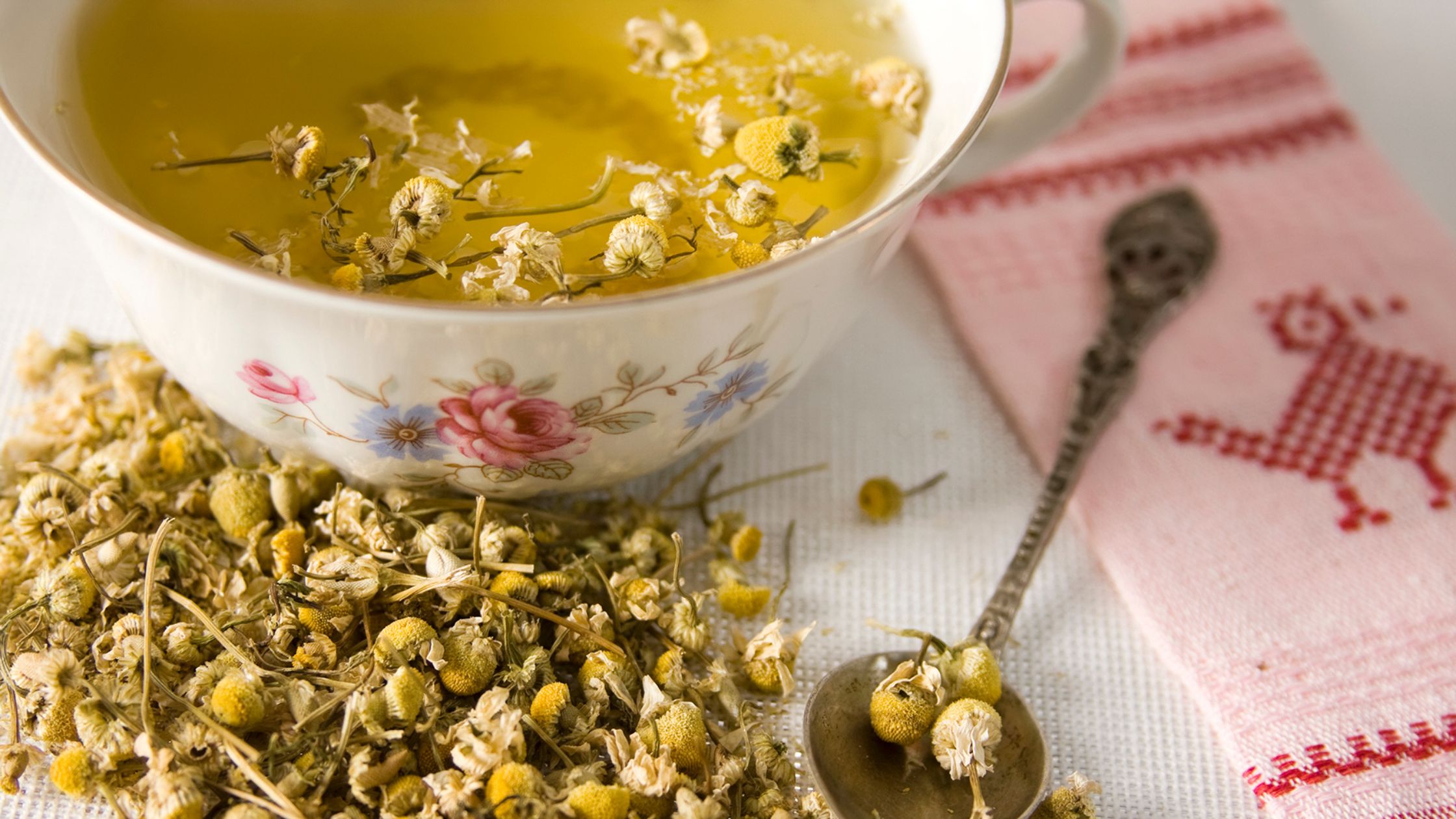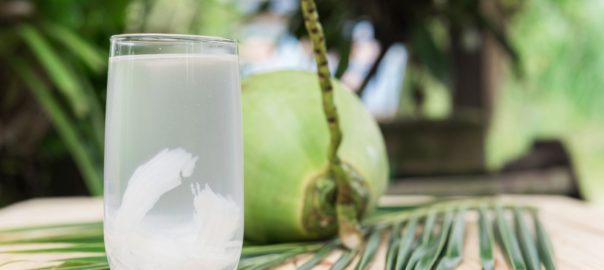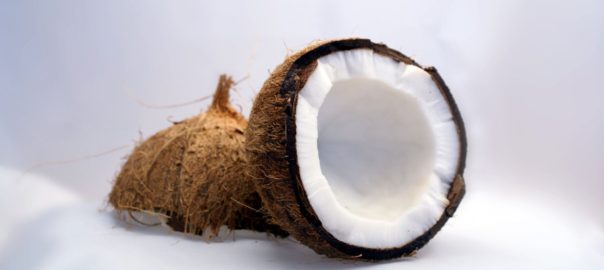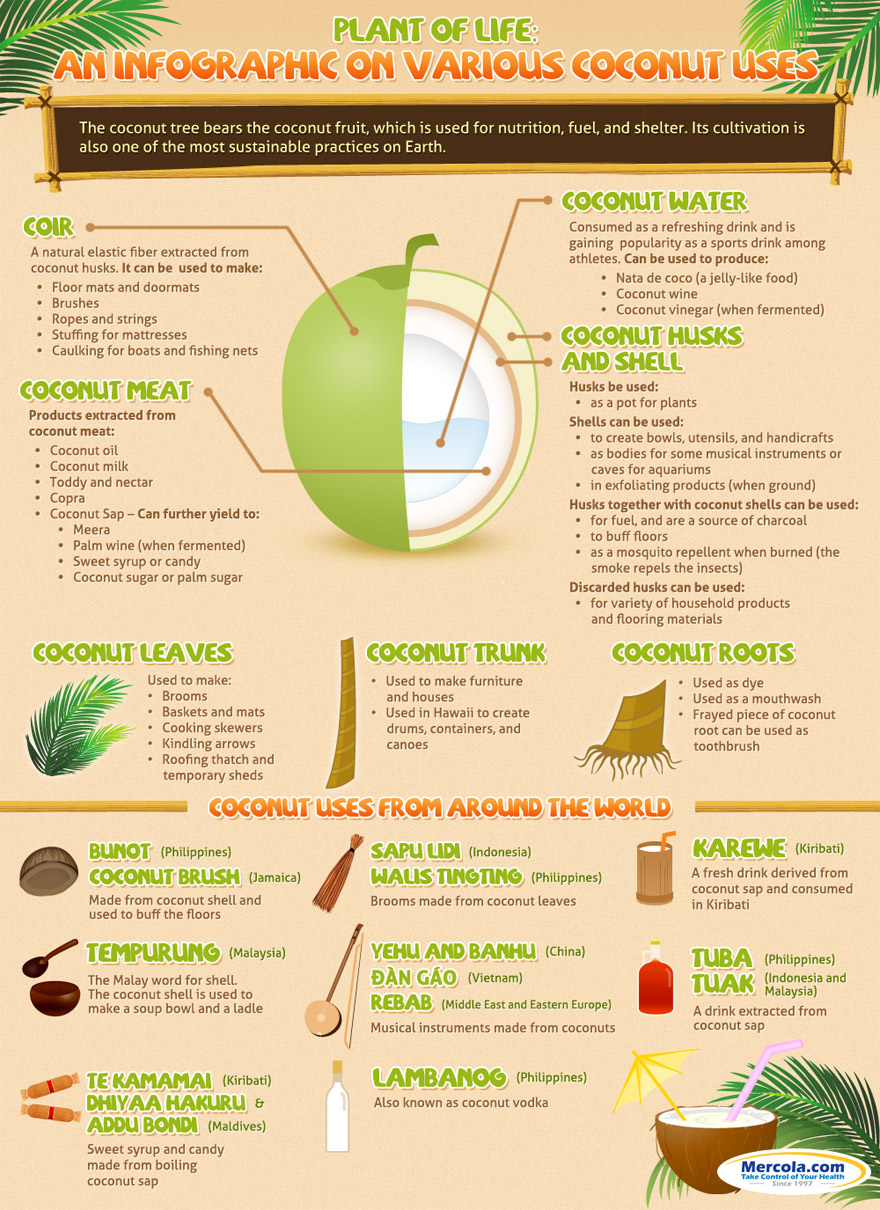These days life feels very full and fast-paced. Sometimes I find myself rushing into the kitchen after spending all day in the office, realizing that I haven’t made adequate plans for dinner. My Instant Pot has become a game changer. After resisting for many years it’s now one of my must have kitchen appliances.
Instant Pots: the Wonder Appliance
Instant Pots (IP) have become a huge hit due to their ability to reduce the amount of time it takes to cook food. Because most people use it as a pressure cooker, estimates are that you’re cooking the food 70% fast than you would using traditional means. Although I love a good long all day slow simmer on the stove top, if I forget to start that early in the morning it’s a problem. For some reason I tend to do that more in the summer. Mostly because I’m eager to get outside and enjoy the garden, go for a walk, or simply to be up and about. I’m guessing I’m not the only one that happens to.
The Instant Pot is a marvelous invention. Much more than a simple pressure cooker, it offers a wide range of cooking functions and can pressure cook, slow cook, sauté, steam, and more. It’s wonderful for everything from appetizers to soups and stews, main dishes, and even desserts. It really is a one-stop solution for cooking.
One of the benefits of cooking under pressure is the way juices, flavors, and nutrients area sealed in. And as long as you have the right amount of liquid in the IP you’ll get even cooking, no burning. I have found an IP to be a super simple, time saving way to prepared food.
The Delight of Egg Bites
One of my newest adventures with my IP is diving more deeply into the world of breakfast. I love it for breakfast casseroles or slow cooking steel cut oats overnight. But the biggest game changer has been egg bites. These are similar to the sous vide style egg bites sold at a well known coffee chain. But better.
They are versatile, tasty, super easy to make, and a great source of protein. This makes them a nourishing option to kick-start your morning or provide a powerful mid-day snack. The flavor variations are endless; you can make:
- Bacon and cheddar
- Cauliflower and brie
- Spinach, bell pepper, and mozarella
- Sun dried tomato, oregano, and feta
- Tomato, pesto, and parmesan
- Carmelized onion, sauteed mushroom, and sausage
Because you’re in charge of the extras in there, the variety for egg bites is limited only by your imagination.
Two egg bites plus a side serving of vegetables and kraut makes a perfect, sustainable, filling breakfast. They’re also a wonderful, portable snack. I’m loving how satisfied and energized I feel after having this wonderful meal to get going in the morning. And because they hold up pretty well in the fridge for a few days it’s an easy meal prep. Egg bites are my new favorite breakfast. When you give them a try, I’m sure you’ll find you love them too!
Equipment
- Egg Bite Mold - Full confession, I bought this one with a steamer rack, two spatulas and two spoons. It wasn’t until after I started looking into the research that I realized I should have bought this one with the popsicle tops. I already have a silicon brush but if you don’t have one the popsicle top set includes it as well as a spatula and a baby spoon.
- Silicon Brush - If you already have an egg bite mold and want a silicon brush this is a two pack for a very reasonable price. I like the silicon better than bristle brushes because they don’t shed.
- Misto - Some people prefer to spray rather than brush their oils on baking appliances. If you’re going to do that be sure to get a stainless steel oil spray container. Exposure to light reduces the antioxidants in the oil faster and can increase the amount of time it takes to go rancid.
- Parchment Paper - my favorite parchment paper is from If You Care. It’s unbleached and non-toxic. Are use parchment paper to cover the molds instead of foil, because I am not a fan of using foil, due to its negative health consequences.
Egg And Cheese Amazeballs
Here’s my recipe for making egg bites. This is enough to be able to fill both molds, although you’ll need to scrape the bowl to get the last of the eggy cheesy goodness out of it. If you are someone who is dairy sensitive this recipe isn’t for you. I have not tried it with dairy alternatives. One of my favorite things for this recipe is that you can make it just about any flavor you like by substituting different cheeses and different vegetables.
Egg And Cheese Amazeballs
- 8 eggs
- ½ cup cottage cheese
- ½ cup cream cheese
- 1 cup additional cheese - shredded cheddar, mozzarella, parmesan, brie, feta, etc. I do find a blend of cheese works best otherwise things like feta get too overwhelming
- 1 cup goodies - sauteed spinach, diced, peppers, diced onion, leftover grilled chicken, leftover sauteed mushrooms, etc.
- 1 teaspoon fresh herbs - basil, oregano, parsley, thyme, etc
- 10 turns of the sea salt grinder
- 10 turns of the black pepper grinder
Prepare the molds by using a silicon brush or pastry brush to add some avocado or olive oil to grease the mold
Add 1 cup water to the Instant Pot
In a blender mix together the eggs and cheeses until fully combined
Pour into a bowl and blend in goodies, herbs, and salt and pepper
Fill egg mold cups
Place a sheet of parchment paper on top to protect egg bites from getting too wet from the steam
Fill the second egg mold cup and cover with the lid or parchment paper
Place molds into steamer rack and gently lower into the Instant Pot
Close the lid and set the pressure regulator to sealing
Select Pressure Cook and set to Low
Set time for 8 minutes
After the timer beeps allow the Instant Pot to Natural Release for 5 minutes
Then do a Quick Release and remove the lid
You’ll need oven mitts to remove the steamer rack
Separate egg bite molds, remove parchment and allow them to cool for 2 minutes before serving
Note: For softer, less dense egg bites you can substitute milk for either the cottage cheese, the cream cheese, or both. Be aware that if you replace both cottage cheese and cream cheese the egg bites will be very tender and fluffy.
* You cannot use plastic in the Instant Pot. If you have a silicone lid you can theoretically use that. Supposedly the way to tell if the lid is silicone is to try to bend it so the edges touch each other. If it does not bend it is plastic and you’ll need to use parchment paper. If it’s flexible it is probably silicone, but be sure to check with the manufacturer first. I still prefer to use parchment paper.
These egg bites can be stored in an airtight container for 4-5 days in the refrigerator. They do not freeze well because the texture doesn’t hold up.
To reheat egg bites they can be warmed on a plate in an oven or heated for 45 seconds in a microwave oven.
Recipe ideas
Having made these several times, I am delighted with how versatile they are. Perfect for using up the last little scraps of vegetables from the refrigerator, and also delicious when using fresh produce from the garden. So far my favorites are:
- Zucchini, banana pepper, onion, oregano, basil, parsley
- Mushroom, onion, bell pepper, rosemary, parsley
- Red spinach, red onion, sun dried tomato, garlic, oregano
I haven’t yet added leftover cooked meat but I’m sure it would be delicious. These are one of my new favorite ways to use up leftovers.
More Recipes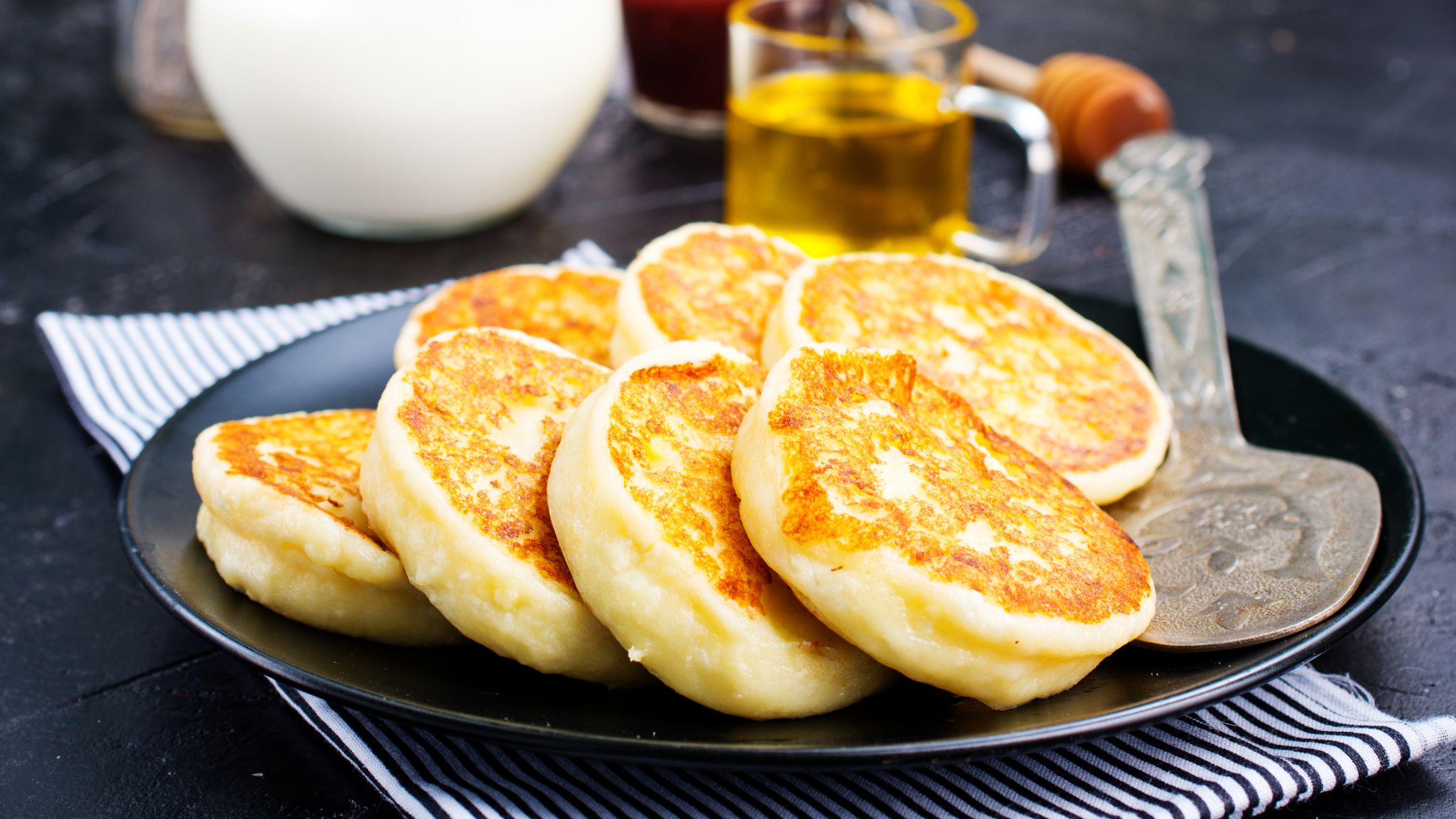
I really don’t like having single use tools in my kitchen. While my kitchen isn’t tiny (we’ve had smaller ones) it’s small enough that storage space is at a premium. So I prefer to make sure what I have has a place where it can be stored and what I have has more than one use.
Now that I’ve added an egg bite mold to the list I needed to find out what I could do with it. It turns out there are quite a number of wonderful recipes for using them. Here are some of my favorites with a few notes:
Pancake bites - researching the internet it turns out you can take your favorite pancake mix, homemade or storebought and make pancake bites by blending together 1 cup pancake mix + 1 egg + ½ cup milk + 2 tablespoons melter butter + ½ teaspoon vanilla. Oil the egg bite mold, fill ⅔ of the way with batter, add chopped fruit, nuts, or chocolate chips. You’ll need 1 cup of water in the Instant Pot, cook on high pressure for 15 minutes, quick release, then let the pancakes rest for 2-3 minutes before removing and serving.
Poached eggs - I love poached eggs. Making them for a crowd, however, is a total pain in the patootie. There’s only so much room in the pot, you’re dealing with boiling water, and it’s a hot steamy mess. Using your brand new egg bit mold it turns out you can poach them in the Instant Pot. To each greased mold add 1 tablespoon cold water + 1 whole egg and cover with parchment paper. You’ll need 1 cup of water in the Instant Pot, then lower the steamer rack. Cook on high pressure for 3 minutes, quick release, remove eggs from molds and serve. These are great on top of avocado toast, under a runny bechamel sauce, or simply garnished with fresh herbs, salt and pepper.
Popsicles - you can use the egg bite mold to make mini round popsicles. Simply fill the well of the mold with juice, yogurt, mashed fruit + juice, or blended melon into the mold. Attach a popsicle top (that’s where I should have purchased the other set) and put in the freezer to chill. When done, around 4-6 hours, you can simply pop it out and enjoy!
Meatballs - I did see a number of meatball recipes for the Instant Pot using the Egg Bite molds. I have 2 problems with that. First my family loves meatloaf the old fashioned way. These seem like they would make giant meatballs, not really meatloaf. Second, after you cook them for 30-45 minutes (depending on the recipe) in the IP, you then need to put them in the oven for 10-15 minutes to brown so they look nicer. They apparently come out very pale from the IP. So nice idea, but I’m going to skip it and stick with baking them the old fashioned way.
Not just for savory things, it turns out you can make sweets with your new egg bite molds also.
I apologize in advance for the need to click “Jump To Recipe” in order to avoid all the long form text and ads.
Brownie Bites - who doesn’t love brownies? I love them but I don’t make them very often because the recipe makes too many. Either that or I wind up giving most of them away to the neighbors in order to remove the temptation. This Instant Pot Brownie Bite recipe from Clean Eating Kitchen is just right. It makes one tray of 7, they’re even gluten free!
Cheesecake Bites - I love cheesecake. And I have been tempted by all the Instant Pot cheesecake recipes. Plus so many of my friends are making it and telling me how wonderful it is. I just can’t bring myself to make an entire cheese cake. So these little Cheesecake Bites from Ashlee Marie seem to really fit the bit. I would suggest using gluten free graham crackers and possibly trading the cherry filling for a good quality jam, depending on what’s in the jar.
Chocolate Chip Muffins - Muffins are always a hit and they make a great quick snack food. This Instant Pot Egg Bite Chocolate Chip Muffin recipe from 365 Days of Crockpot looks like a good one. My one change would be to substitute a gluten free flour blend. I prefer the King Arthur Measure For Measure Gluten Free Blend.
Chocolate Chip Banana Bread Bites - Typically when I have too many bananas in the freezer I tend to make banana bread. Although I usually make it in loaf form it might be fun to try making these Chocolate Chip Banana Bread Bites from Forkly. I would use gluten free flour and either organic cane sugar or organic turbinado. I also tend to freeze my bananas before turning them into banana bread. That way they’re gooshy after you thaw them plus freezing them makes them sweeter.
Key Lime Pie Bites - I love a good key lime pie but it’s hard to eat a whole one by yourself. I can see making these Key Lime Pie Bites from My Crazy Good Life as a fun summertime treat and as a way to not have an entire pie hanging around. Hopefully I could eat just one or two and then share the rest with friends.
Conclusion
Although most of the recipes out there seem to be for sweet treats, it is possible to use your IP and the egg bite molds to make both sweet and savory options. And when it comes to prepping a delicious, nourishing, breakfast, egg bites are definitely the way to go.

